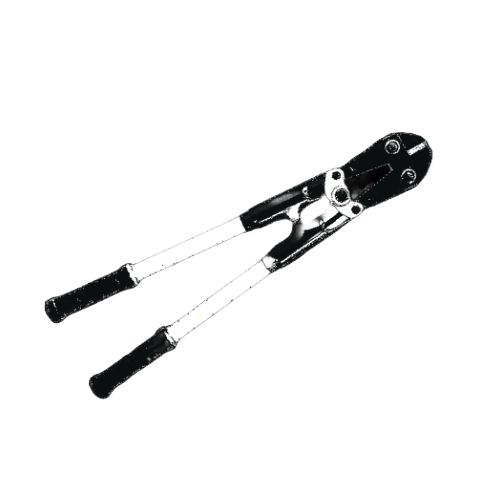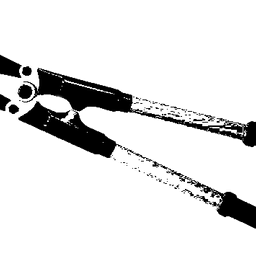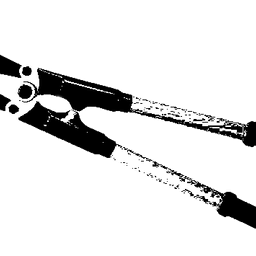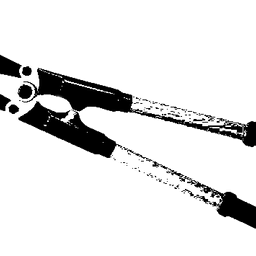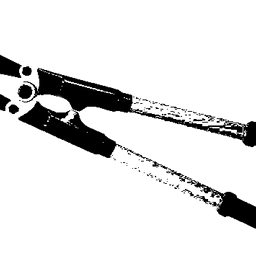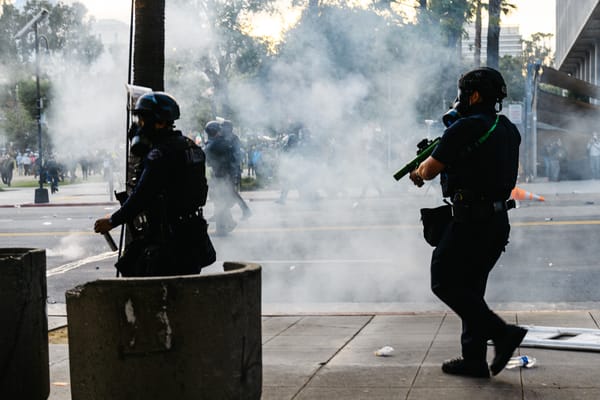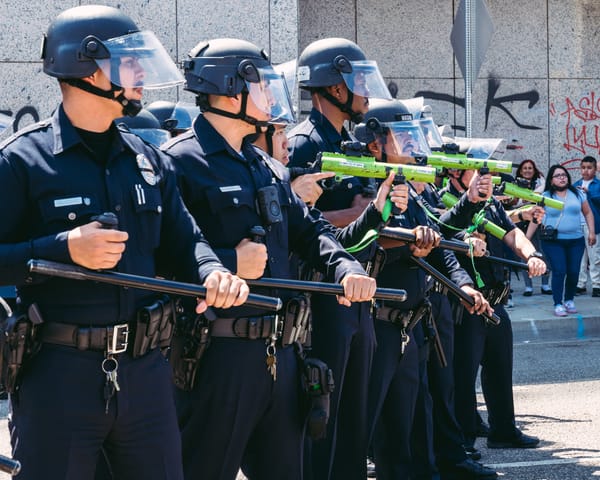In a single day, the LAPD shot 1,040 chemical and less lethal munitions at anti-ICE demonstrators.
The LAPD's numbers, combined with CHP and LASD's use of force reports, bring the total number of less lethals used in June to more than 10,000.
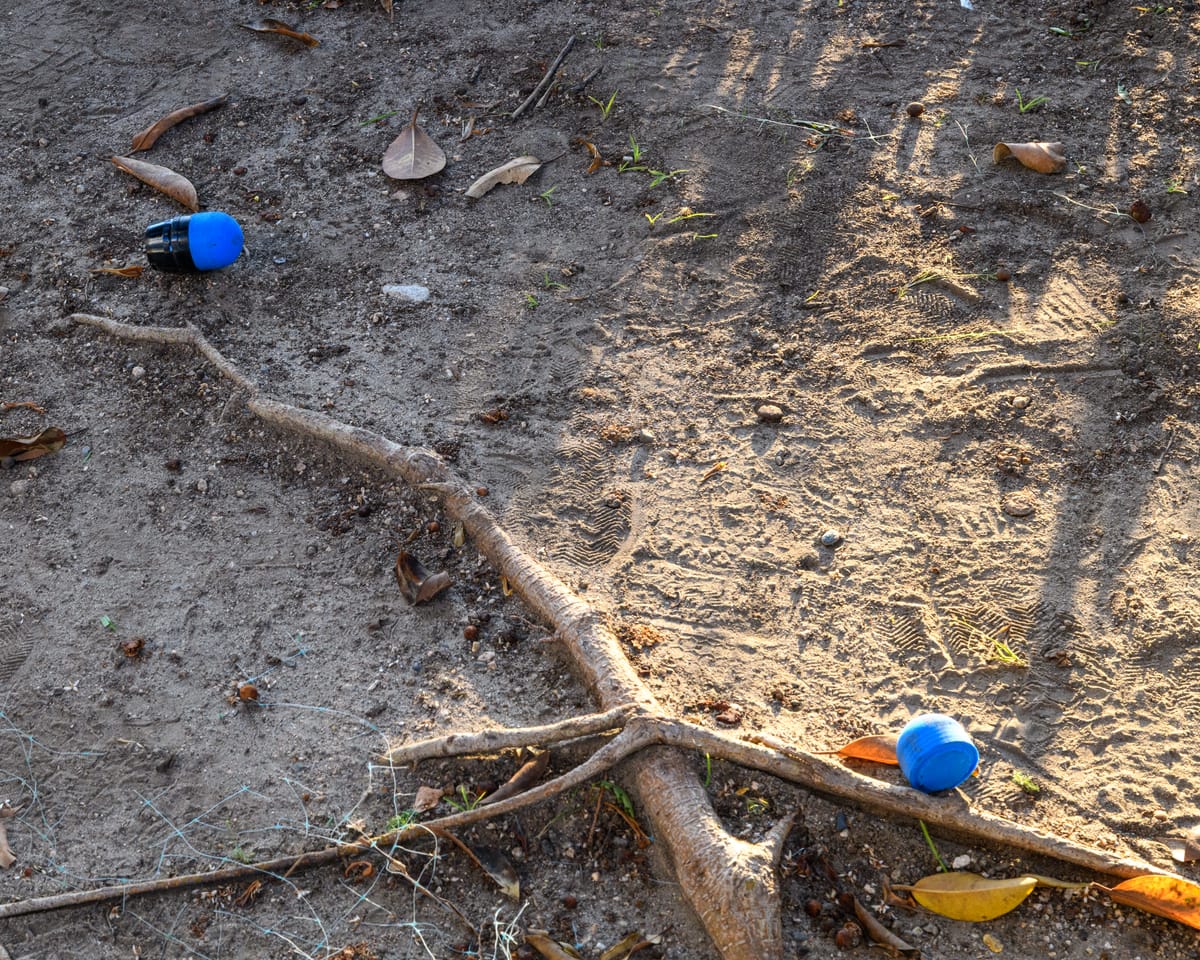
On June 8th, the LAPD used over 1,000 less lethal munitions to violently disperse an anti-ICE protest in downtown Los Angeles. That's according to their use of force reports published last week. It adds to the over 9,000 munitions deployed by CHP and LASD.
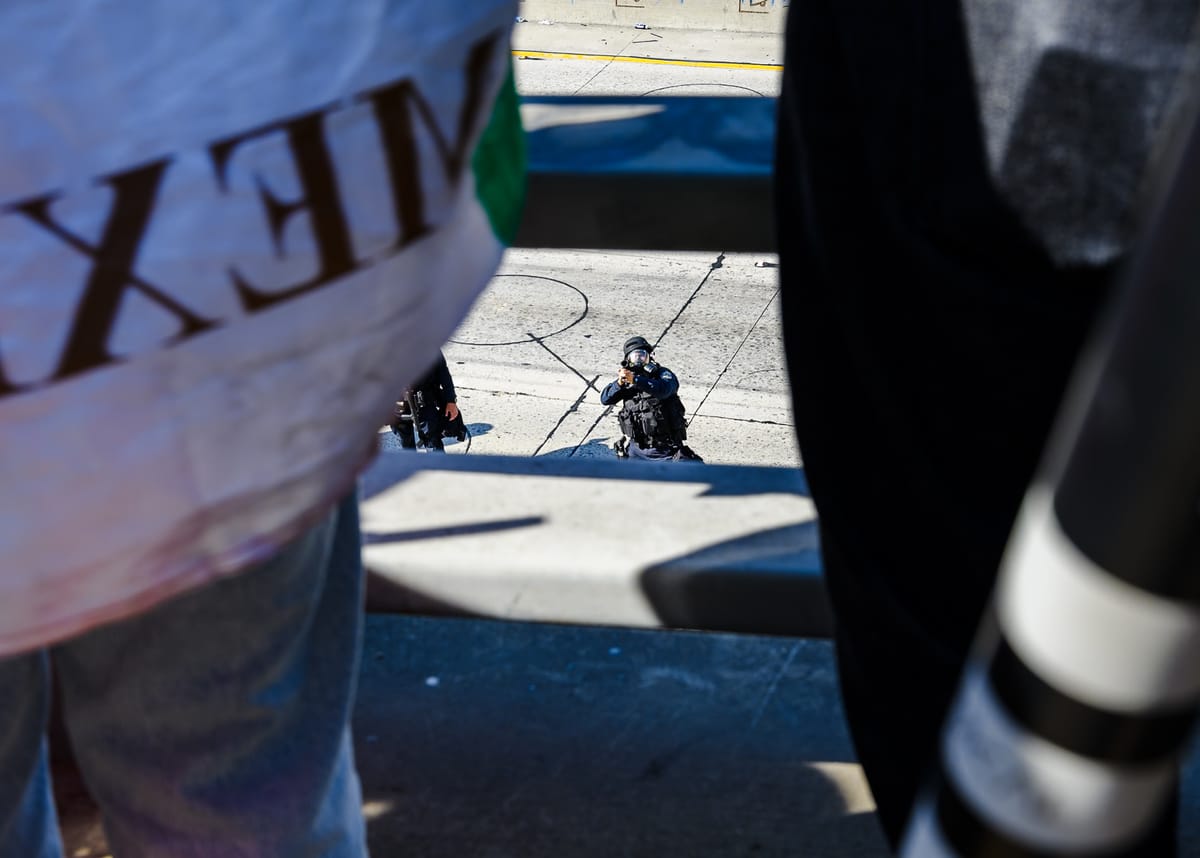
One incident resulted in officers shooting 600 projectiles and chemical weapons at demonstrators. A few streets over from where CHP was attempting to disperse anti-ICE demonstrators on the 101 Freeway, another group was taking cover behind makeshift barricades outside LA City Hall. The group found themselves in a standoff with the LAPD in the middle of the street. The benches and chairs inside Grant Park were ripped out of the ground and repurposed as cover from LAPD's unending barrage of less lethal rounds. Bike racks and construction signs filled the gaps in between.
We have a folks with makeshift barricades taking a slew of foam rounds. Tons of them on the street.
— Joey Scott (@joeyneverjoe.bsky.social) 2025-06-09T02:00:03.247Z
Their 40 mm rubber bullets and 37 mm skip rounds hit whoever wasn't properly protected by a barrier. Otherwise, most ended up bouncing off the barricades or wizzing over people's heads. Boxes of less lethal ammo dropped off at the skirmish lines ensured the officers's could continue firing on for as long as they needed.
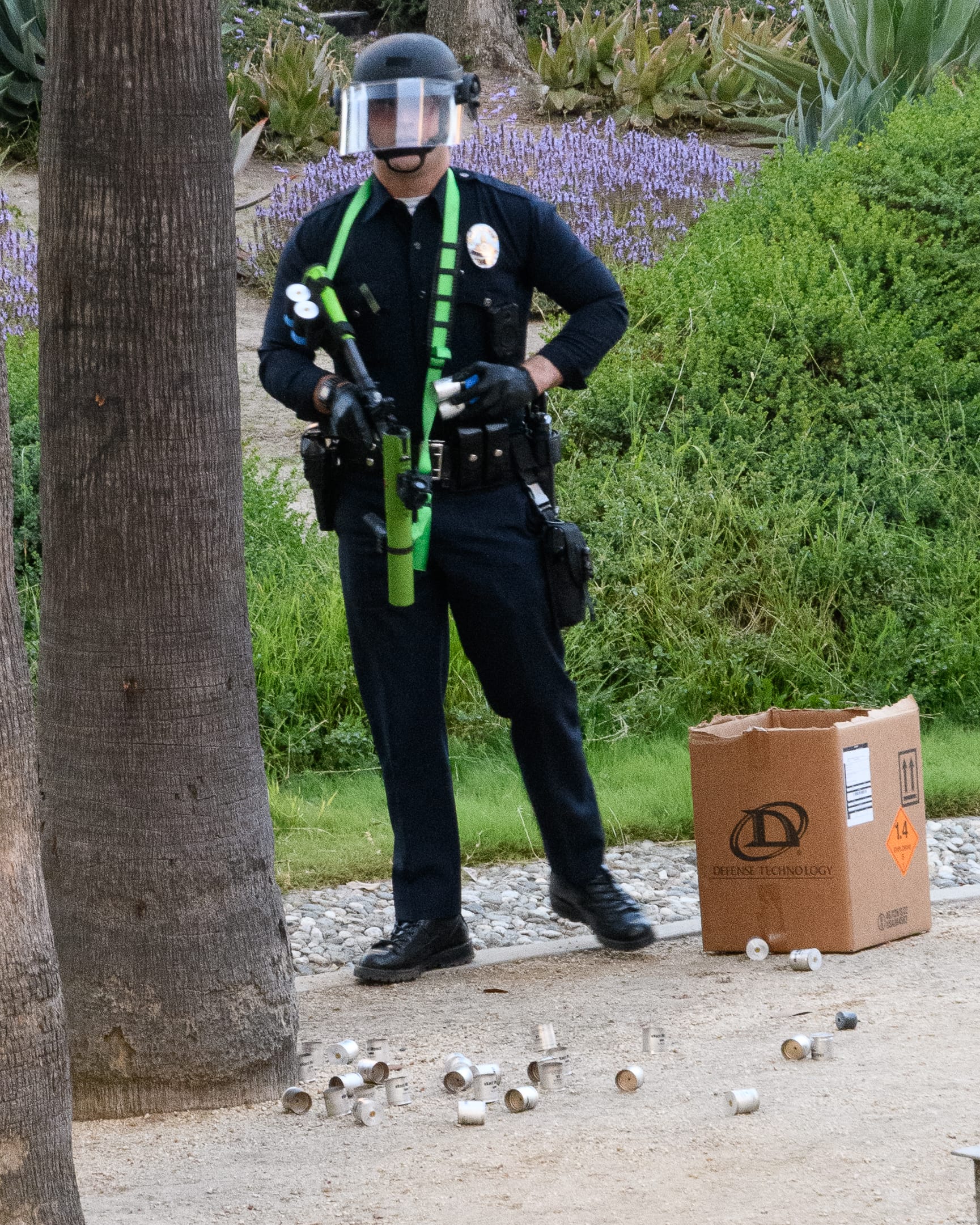
After what felt like an hour, the LAPD made the rare decision to deploy tear gas on the group. Behind them was a line of mounted police as backup. As the gas grew, the group fled further down the spent casing-littered street. LA County Sheriffs deputies took over and picked up where LAPD left off, firing flash bang grenades and shooting pepperballs at anyone who was left.
Between the three responding departments—LAPD, CHP, and LASD—the total number of less lethals used in June has now surpassed 10,000. The department has yet to file their reports for the following protests that month, including the No Kings rally, where the department also continued their trend of dispersing rallygoers with excessive force.
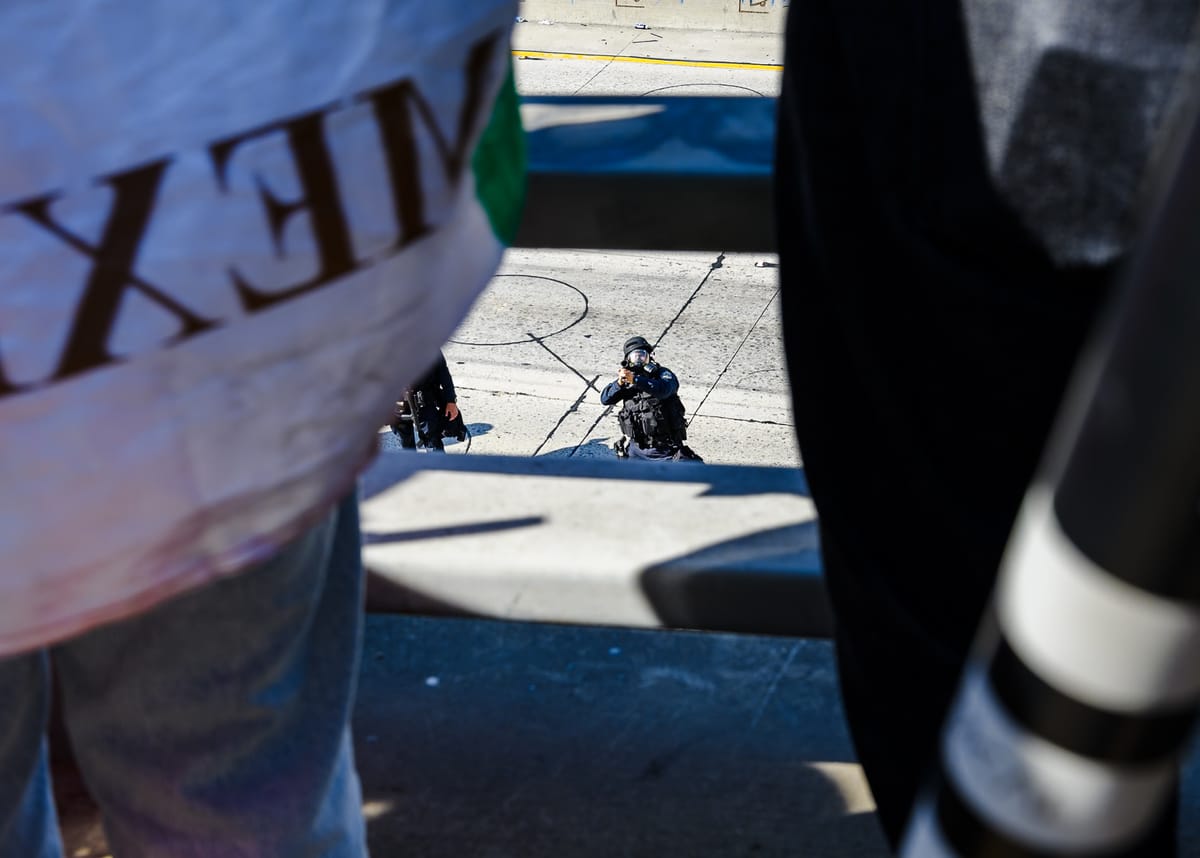
“It is déjà vu all over again.”
Last Thursday, a federal judge granted a preliminary injunction against the Los Angeles Police Department, banning the department from using force and arresting journalists at protests who don't pose a threat to officers. After reviewing what Judge Hernán D. Vera characterized as a cannondade of evidence, he concluded, "The LAPD’s heavy-handed efforts to police this summer’s protests violated state law,as well as the federal Constitution. If the rule of law is to have any effect, it must protect Plaintiffs here.”
The order says the LAPD is prohibited from shooting, detaining, obstructing, and arresting journalists engaged in newsgathering. More notable requirements include adding the court's order to the department's manual and crowd control training materials. They are also required to, at a minimum once a year, reissue policies on policing protests and require officers to acknowledge them. If they haven't, they cannot be deployed to a protest.
You can revisit my previous reporting about the department's treatment of the press here:
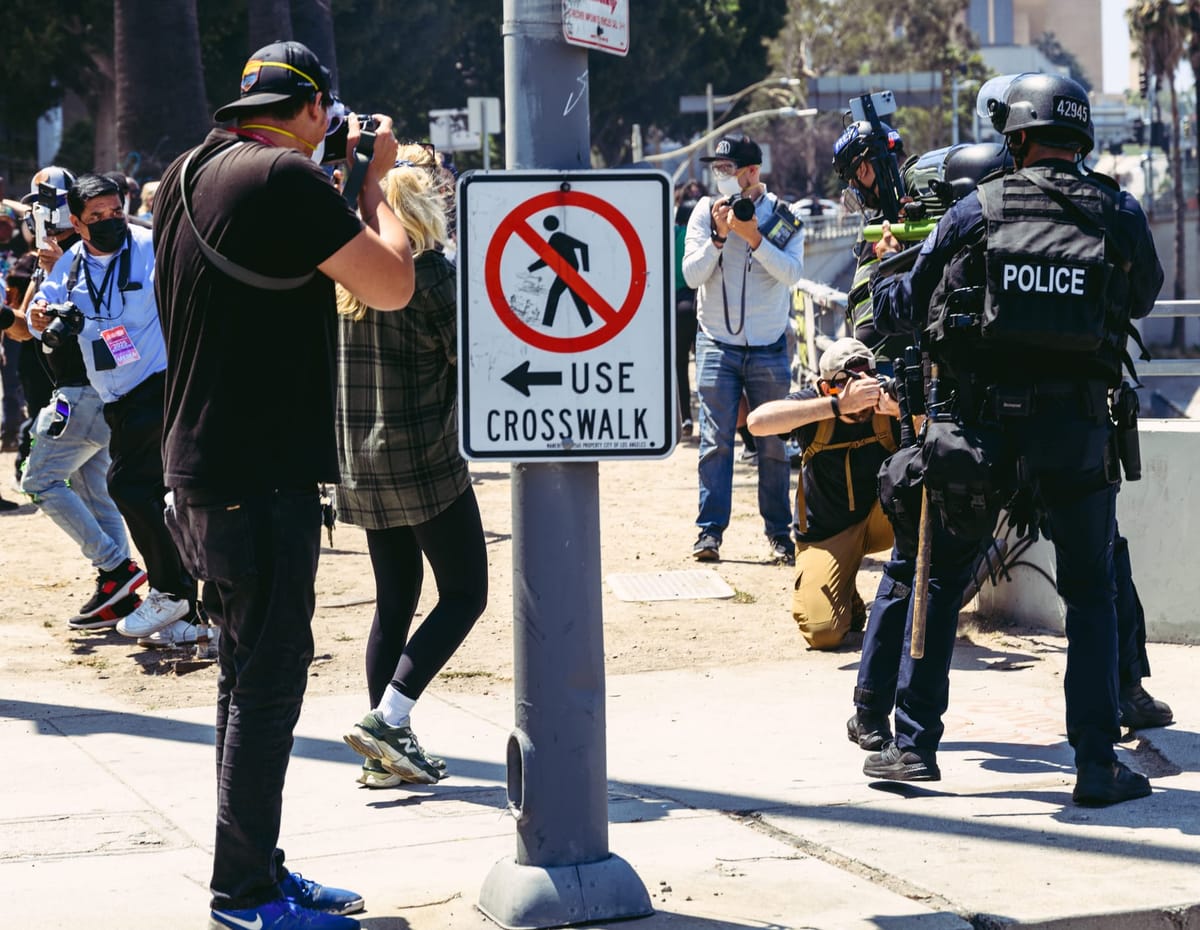
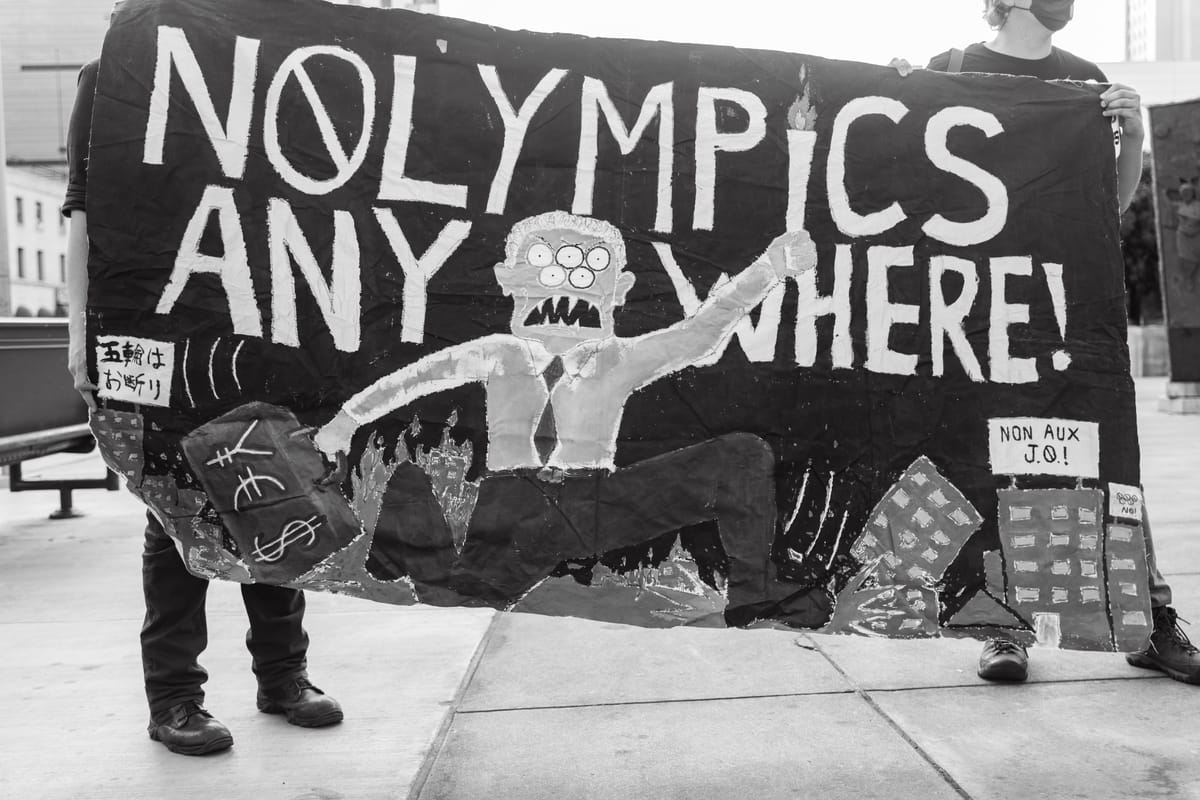
My independent reporting is currently self-funded. It's my goal to turn this into a sustainable medium for sharing my work. You can help me do so by becoming a paying subscriber. No paywall. No ads. No masters.
Dispatch from Occupied Chicago
The shooting of Silverio Villegas-Gonzalez in Chicago last week was an act of political violence that deserves far greater outrage than the death of political podcaster Charlie Kirk. The 38-year-old father was fatally shot during a traffic stop in Chicago's Frazier Park by immigration agents. Initial reports indicated that Silverio defied the agents' orders, and in an attempt to drive away, he rammed and dragged one of them with his car. Officers opened fire as he drove off, saying they "feared for their lives." He was taken to a nearby hospital, where he was pronounced dead.
Reporting from Chicago-based independent news outlet Unraveled Press found DHS's narrative about what happened was unsurprisingly inaccurate. Cops like to lie after all. Bystander video and statements from witnesses tell a different story.
Read about what happened below:

If you appreciated this story or any of my other work, you can buy me a coffee, a Diet Coke, or cover a handful of public records requests by tipping below.
